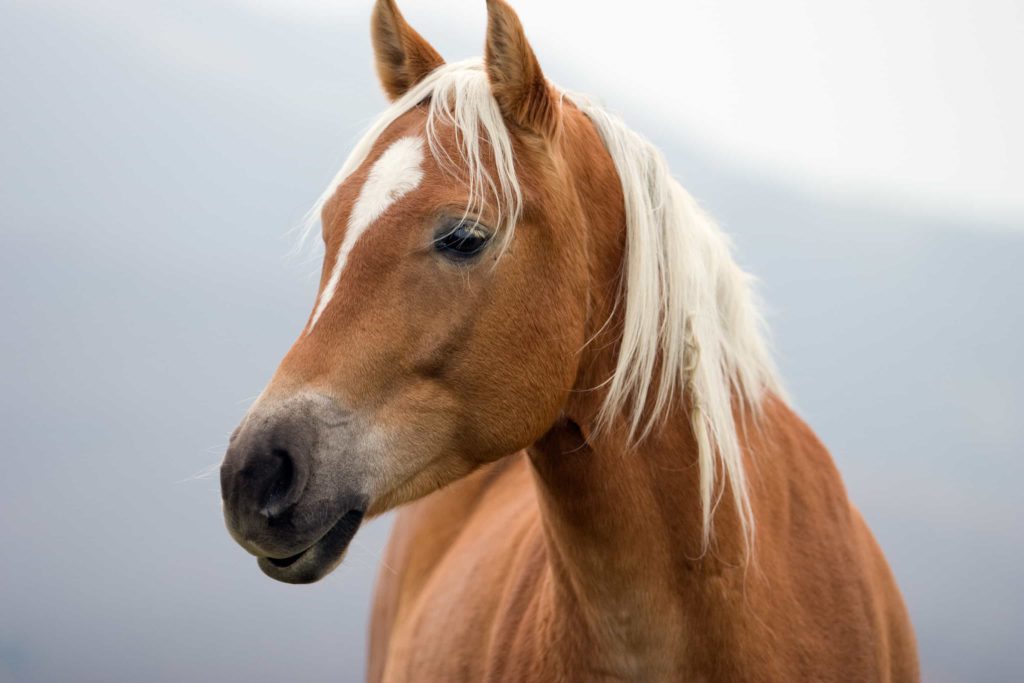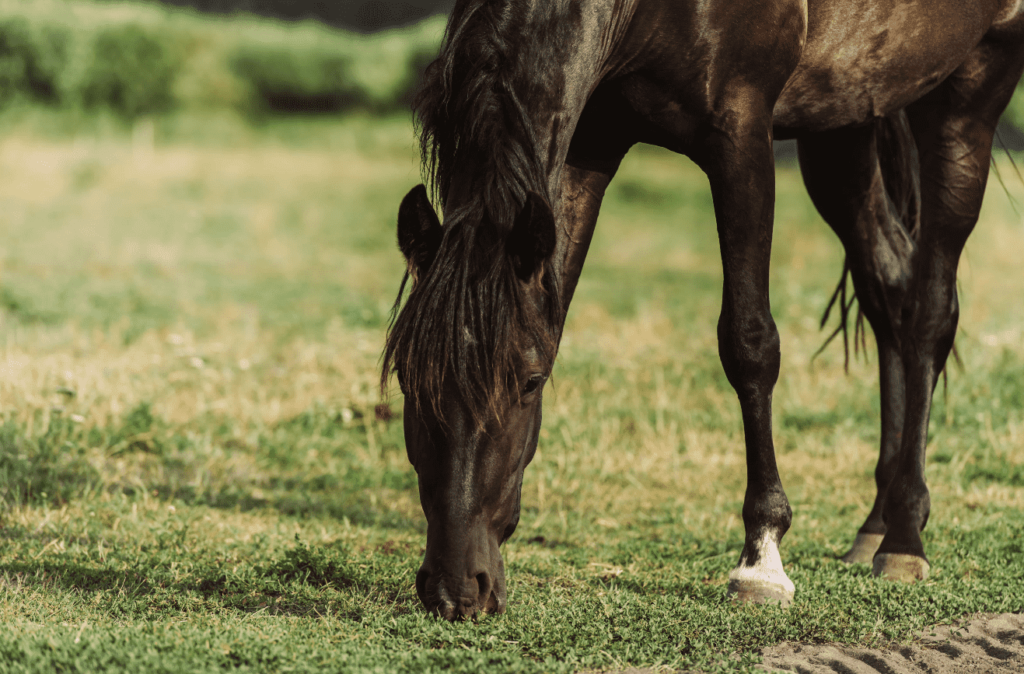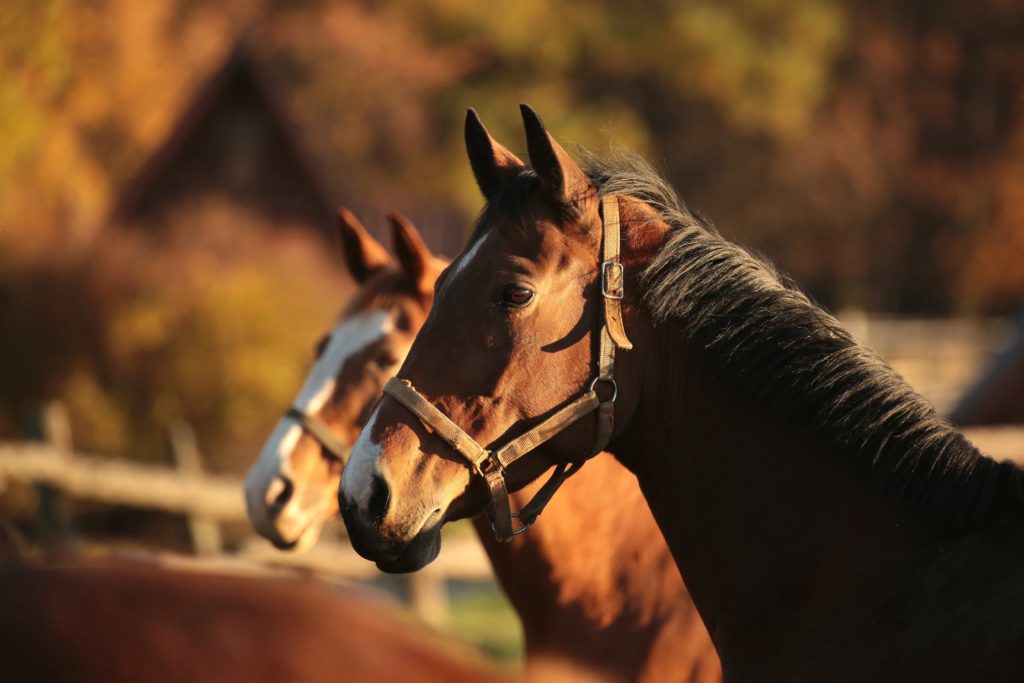Horse Allergy Symptoms
Let’s talk allergy symptoms
Horse allergy symptoms

Clinical symptoms of IBH and atopy
The clinical symptoms of IBH and atopy can overlap, with pruritus as the primary symptom. Some horses are affected by both conditions simultaneously.
In both conditions, self-trauma due to scratching, biting and rubbing may lead to skin erosion and ulcers, hair loss, excoriations, lichenification and pigmentary disturbances that contribute to the development of secondary superficial bacterial infections. A pyoderma is typified by excess scaling, small epidermal collarettes and encrusted papules.
Sometimes recurrent airway obstruction (RAO) can occur, with or without pruritus. RAO is an allergic-type condition of stabled horses and is characterised by small airway inflammation, airway neutrophilia and obstruction after exposure to, for example, mouldy hay and straw (allergy to mould spores).
Uncommon symptoms such as laminitis and head tossing may also be associated with allergies.
IBH and atopic dermatitis
Insect-bite hypersensitivity (IBH)
IBH starts with pruritus, broken hairs and crust formation at the mane and tail regions, which then progress to the rump, dorsal and ventral midline. The face, dorsal aspect of the pinna, neck and shoulders may also be involved.The clinical signs occur primarily in the warmer months of the year (April to October) and are often worse around dusk and dawn, corresponding to the feeding times of Culicoides.
Atopic dermatitis
In atopy, pruritus is mainly present on the face, distal legs or trunk. Alopecia, erythema, urticaria and papules may all be present. Atopy symptoms can be seasonal or non-seasonal.
Diagnosis

Not all pruritus is due to allergy. Obtaining an accurate allergy diagnosis requires a thorough physical examination, including a complete clinical history.
All other known causes of itching, such as parasites and infections, need to be treated or ruled out before allergy can be diagnosed. It is crucial to confirm and identify the responsible allergens.
PAX Serum Test uses the latest technology in IgE serum testing, with a proprietary monoclonal antibody derived from a specific recombinant horse-IgE, resulting in a test with the highest level of specificity and sensitivity.
Read moreTreatment

IBH and atopy are lifelong conditions, and for this reason any treatment must be continued for life. The best solution is avoiding contact with allergens, but most of the time this is impossible. Therefore, the recommended choice for treating IBH and atopy is immunotherapy.
Immunotherapy is the only treatment that stops the allergy from progressing, by making the immune system less sensitive, or totally insensitive, to the allergens that trigger the allergic reaction.
Read more